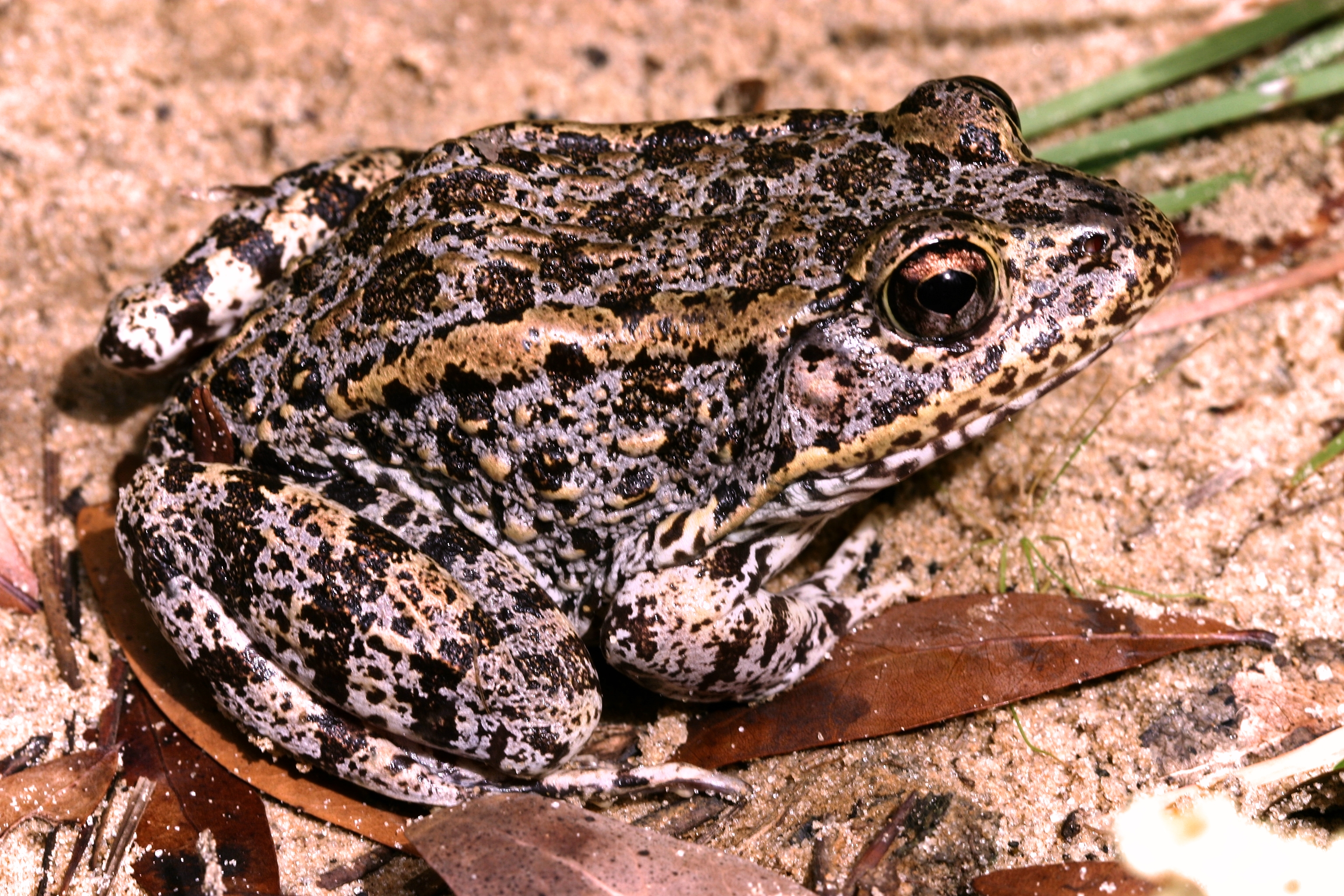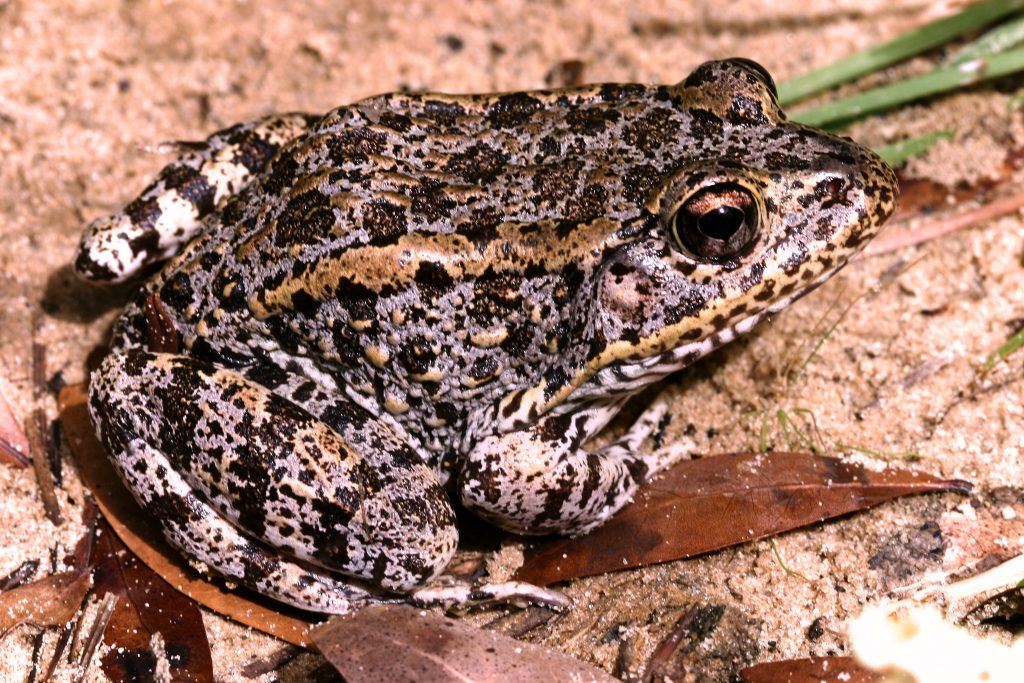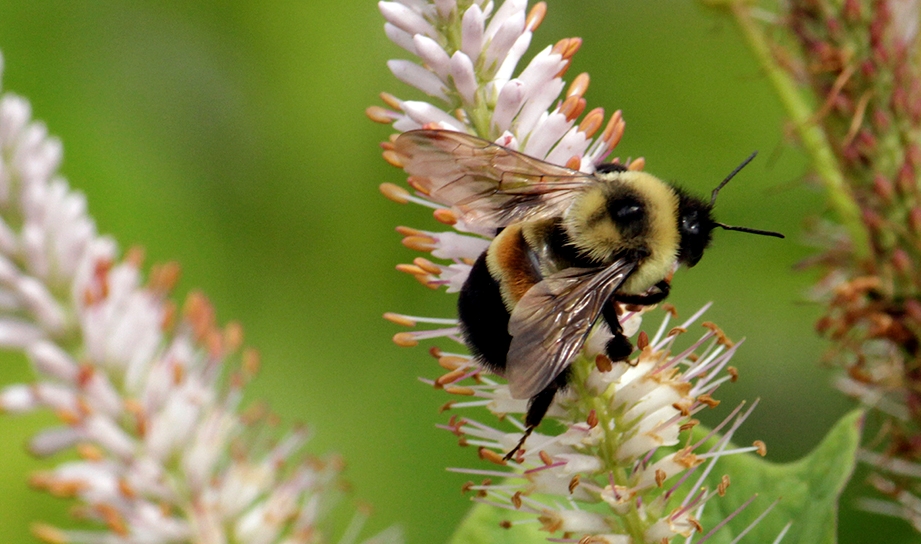In 2011, FWS designated over 1,500 acres of land as critical habitat for the dusky gopher frog. Despite this designation, the dusky gopher frog had not lived on the land since at least 1965 and the land was currently uninhabitable to the frog.
Conner G. Nicklaus & Katherine E. Merck
In what stands to be a major victory for landowners and local governments, the Trump Administration has proposed regulatory changes that would correct and prevent the costly, unjust landgrabs of the previous administration. These regulations have broad implications for how land is managed under the Endangered Species Act (ESA) and how far the federal government can go in controlling private lands.
For several years, the US Fish and Wildlife Service (FWS) have used critical habitat designations as a tool of coercion to essentially instigate land grabs of private property. Regardless as to whether land is private or public, whenever it is included as critical habitat, it is regulated to the point of being nearly unusable by the landowner.
The poster child of the weaponization of critical habitat is case of the dusky gopher frog. The dusky gopher frog is a frog found in the southeast United States and is famous for covering its eyes with its front legs when it feels threatened, peaking out of its legs periodically until the danger passes. In 2011, FWS designated over 1,500 acres of land as critical habitat for the dusky gopher frog. Despite this designation, the dusky gopher frog had not lived on the land since at least 1965 and the land was currently uninhabitable to the frog. To make matters even more disturbing, the listing the property would have cost the property owner $34 million in lost development opportunity. Thus, despite the fact that the habitat would have to be physically altered in order to successfully introduce dusky gopher frogs, and the designation would cost the property owner $34 million, the FWS designated the area as critical habitat anyway. In turn, the frog became a pawn in the fight between an overreaching government agency and property owners, culminating in a Supreme Court case in 2018. Common sense would dictate that the agency should have excluded the property from being critical habitat because the cost to the property owner greatly exceeded the benefit to the species. Thankfully, reason prevailed at the Supreme Court and the property was finally removed. However, many have been concerned that the FWS would try to attempt a similar power grab in the future.
The newly proposed rule, if finalized, would prevent this very thing from happening again. It will finally give counties, landowners, and federal permitholders a voice in whether land is designated as critical habitat and therefore federally managed. The rule includes five major improvements.
First, the rule reverses the FWS’s current policy and allow federal land to be excluded from critical habitat designation. This would be a big victory to federal allotment permit holders who can now petition FWS to exclude critical habitat when it would greatly interfere with their operation and would offer little value to the preservation of the species.
Second, the rule clearly lays out when the agency must provide an exclusion analysis. Historically, FWS had complete and arbitrary discretion when determining whether to conduct an exclusion analysis. In turn, the agency would sometimes close its eyes and ears and ignore information that would clearly support exclusion. The proposed regulations will allow local stakeholders to provide credible information that could hopefully trigger an exclusion analysis.
Third the new regulations will allow the agency to consider more than just the economic consequence of listing habitat. Instead of conducting an exclusion analysis purely through an economic analysis, the new rules also considers public health and safety, community interests, and environmental concerns in the analysis as well. This is important because communities are so much more than just economic machines and impacts to a community often extend past purely economic consequences.
Fourth, the proposal allows for other methods of conservation outside of just listing as critical habitat. Under the new rule, when a permittee is properly executing a conservation plan that protects the species in question, the land will always be excluded from designation as critical habitat. Such conservations plans can even be developed by local or state governments if they are approved by the agency.
Last and perhaps most important is the new rule will consider local governments and stakeholders as experts. One of the major issues facing most environmental decisions is the impact of special interest groups and large populations from outside of communities using the notice and comment period in a way that nearly drowns out the voices of those who are actually impacted by a decision. The new rule will essentially give local governments and stakeholders expert status when discussing the economic and local impacts of critical habitat designation within their jurisdiction. This, in turn, will allow those who are actually affected by the decision to have substantive voice and impact on the decision instead of being drowned out by special interest groups and those on the coast who have never been to these communities.
In the end, the proposed regulations will ultimately give a stronger voice to stakeholders potentially affected by a critical habitat designation. Combined with greater transparency and consistency, this proposal could go a long way toward reining in the historical overreach under the ESA and relieving the hardships that landowners and local governments have experienced in recent years.
These proposed regulations are currently open to public comment through October 8, 2020. It is incredibly important that supporters of these proposed regulations provide public comments to ensure development into a final rule.
The proposed regulations and a link to comment can be found at:
See the post on the Falen Law Offices website here
We respect your reading experience, and have refrained from putting up a paywall and obnoxious advertisements, which means that we get by on small donations from people like you. We’re not asking for much, but any amount that you can give goes a long way to securing a better future for the people who make America great.
[paypal_donation_button]
For as little as $1 you can support Free Range Report, and it takes only a moment.




The first person to be shown the door from the Trump Administration should be the BLM’S Pendley.